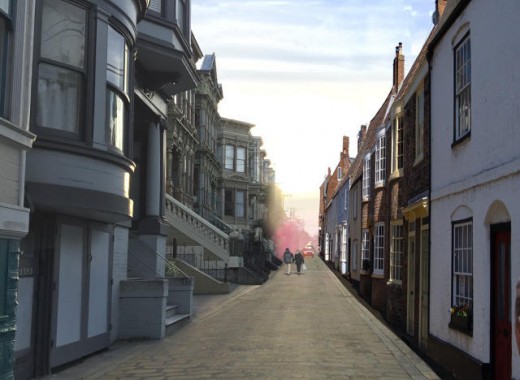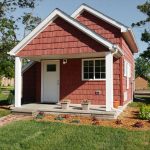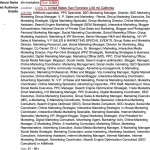might Slimmer Streets help solve San Francisco’s Housing hindrance?
One creator’s quest to narrow the streets and reinforce quality of lifestyles in a city the place the median housing worth has spiked to $1.1 million
could thirteen, 2015
San Francisco’s housing situation is known. The median housing value in San Francisco is now $1.1 million, more than the California and U.S. median by $700,000 and $900,000, respectively. the average employ in San Francisco is $three,586 a month. the underside line is that center class individuals can no longer find the money for to are living in San Francisco.
creator Steve Dombek does not have an urban planning heritage, but he does think he has an answer that might handle both San Francisco’s housing problem and strengthen the town’s high quality of existence. On his web site, narrow Streets SF, Dombek advocates for a extra human-centric solution to city planning by using making streets simply 15 ft large, and designating them as pedestrian paths, at first. Then slap extra housing in the space you used to commit to roads.
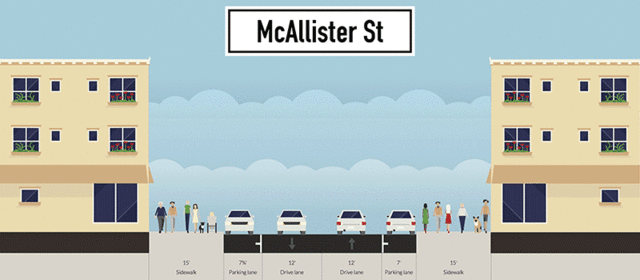
“Narrower streets are just better streets,” Dombek tells me, pointing to locations like Ciutat Vella in Barcelona, the Seijo district of Tokyo, and many different international cities as models. For one factor, they’re more walkable, they usually’re safer, as a result of automobiles cannot go back and forth as fast down them. additionally they motivate cleaner methods of commuting, like biking, and leave room for parks and inexperienced space.
they may additionally, doubtlessly, make approach for more housing. In Dombek’s vision, as a substitute of devoting as so much as 40 feet down the middle of the road for parking and roads, which many roads in San Francisco do, it is advisable decrease that down to 15 toes. Take San Francisco’s McAllister boulevard, which runs from dowtown all the manner up to Golden Gate Park. you need to change the road with a whole row of constructions, each housing and businesses, Dombek says. automobiles and vehicles could nonetheless use the roads, but they’d have to take action sparingly, otherwise dedicating themselves to the better thoroughfares surrounding the road.
Dombek become fascinated by the speculation of narrower streets in San Francisco after his spouse, who was once eight months pregnant at the time, used to be virtually hit via a automotive 3 times in two weeks at a crosswalk close to Alamo sq. Park in the Western Addition. Why devote a lot area to something that makes cities extra bad to reside in, especially when San Francisco’s authorities are already on the lookout for the right way to redesign San Francisco’s most deadly intersections to curb a surge in pedestrian deaths?
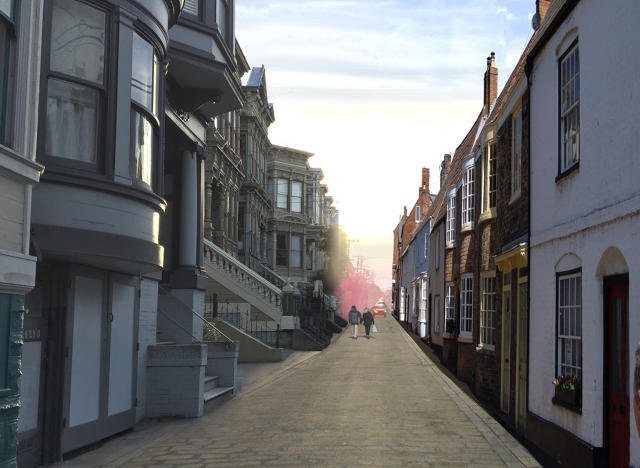
Dombek would not have any laborious stats to show that narrower streets will assist remedy San Francisco’s housing predicament—in any case, much of the city’s housing shortages stem from restrictive zoning regulations and a deeply entrenched tradition of NIMBYism, a toxic combine no European-style highway might remedy. And one can argue that narrower streets would result in more visitors—especially if the goal is to squeeze in more individuals per square mile. Dombek level outs that his idea would have to work in tandem with other solutions: regulations on the types of autos allowed in sure areas, higher public transportation, better cycling infrastructure, and improved zoning laws. it might smartly be a pie-in-the-sky thought, but obviously, San Francisco has to do one thing. town is investigating turning 18 acres around Balboa Reservoir into more housing. Dombek sees that as a chance to try going narrower, constructing streets with extra housing, more parks, and fewer automobiles than the San Francisco reasonable. “Then, if individuals love it, you may have one thing to point to,” Dombek says. “and then, a long time later, maybe there is extra of an urge for food to retrofit the remainder of town. it is price a try.”
that you could learn extra about Dombek’s vision for San Francisco here.
[All images: by the use of NarrowStreetsSF.com]
(175)

